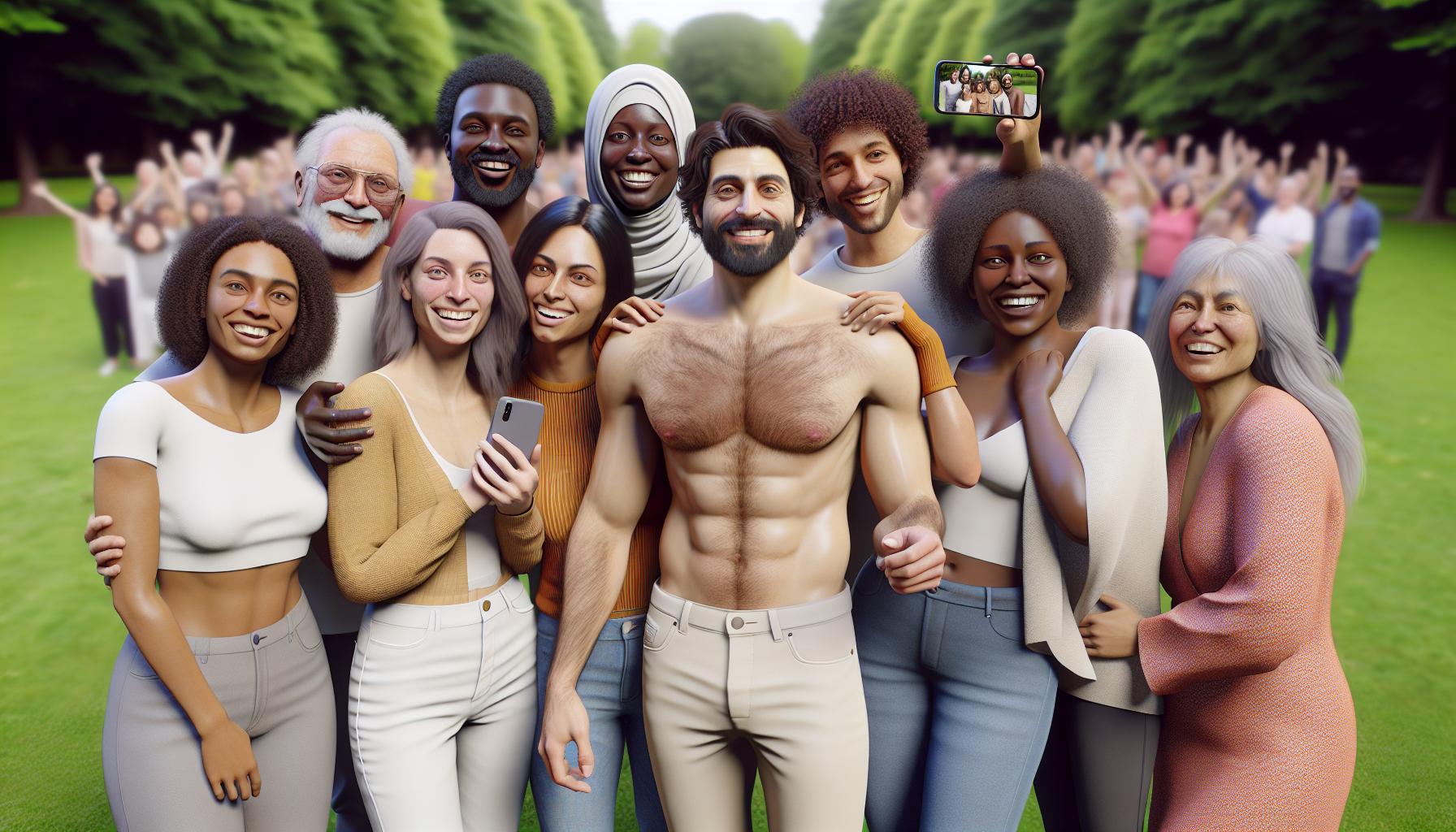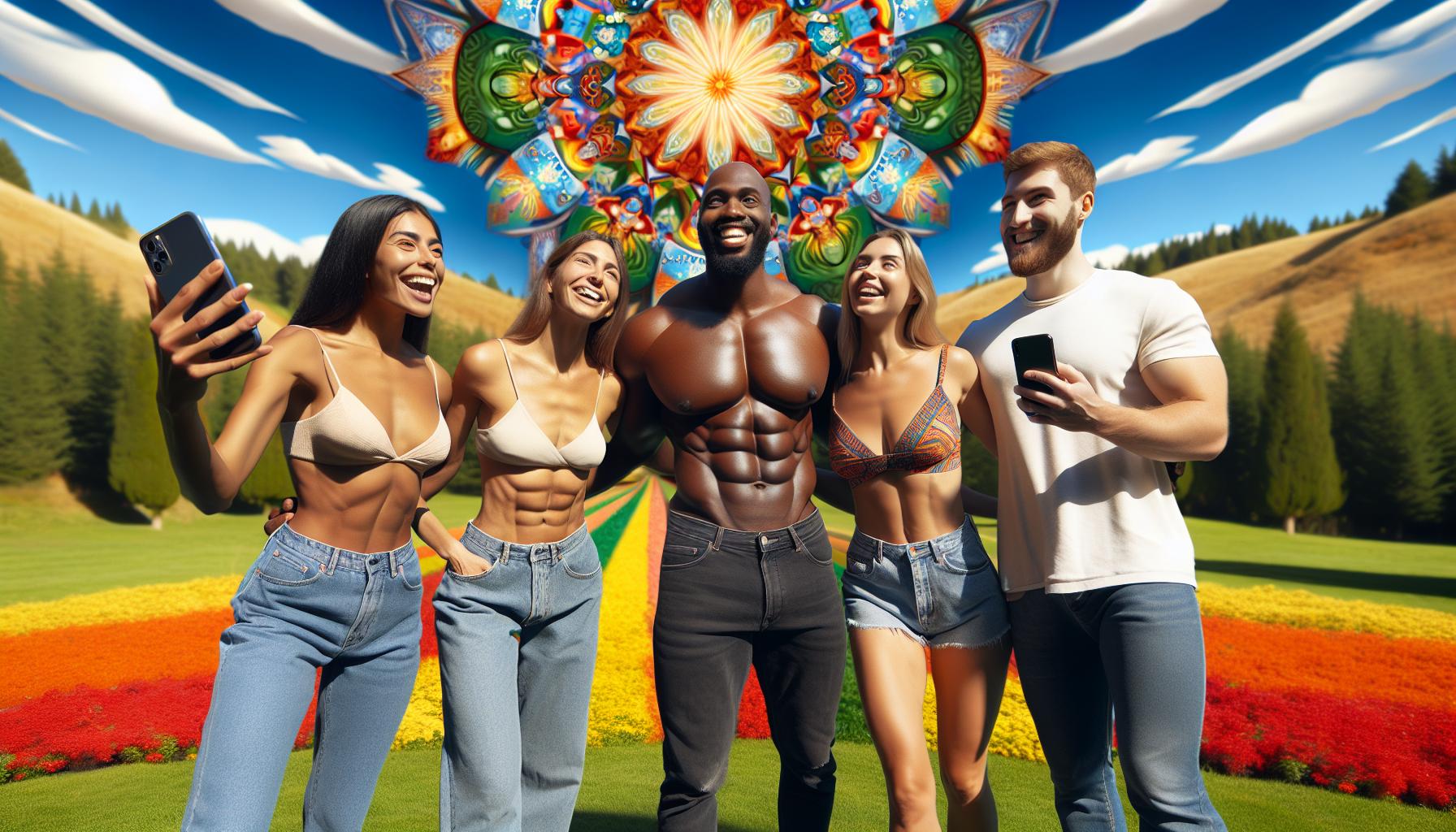Key Takeaways
- Importance of Mastering Digital Marketing: A master’s degree in digital marketing equips professionals with essential skills to navigate the evolving business landscape and enhances career prospects.
- Comprehensive Curriculum: Programs cover key areas such as SEO, social media strategy, and data analytics, combining theoretical knowledge with practical applications for real-world scenarios.
- Career Advancement and Earning Potential: Graduates enjoy significant career opportunities, often stepping into roles like digital marketing manager and earning, on average, 20% more than peers with a bachelor’s degree.
- Networking Opportunities: Master’s programs offer valuable networking with industry professionals through workshops and alumni connections, aiding in job placement and internships.
- Emphasis on Data-Driven Strategies: The growing focus on analytics in digital marketing education prepares students to make informed decisions and optimize marketing efforts effectively.
- Flexible Learning Options: Many programs provide online or hybrid formats, allowing students to tailor their education to fit their schedules while balancing work and study commitments.
In today’s fast-paced digital world, mastering digital marketing is essential for anyone looking to thrive in the business landscape. With the rise of online platforms and the increasing importance of data-driven strategies, professionals need to equip themselves with the right skills to stand out. A master’s in digital marketing offers a comprehensive understanding of the latest trends, tools, and techniques that can drive success.
This advanced degree not only sharpens analytical skills but also fosters creativity in crafting compelling campaigns. As companies increasingly seek experts who can navigate the complexities of digital channels, pursuing a master’s in this field opens doors to exciting career opportunities. Whether it’s social media strategy, SEO, or content marketing, the knowledge gained from such a program is invaluable in today’s competitive market.
Masters Digital Marketing
Masters in digital marketing offers in-depth knowledge of marketing in the digital age. The curriculum integrates practical skills with theoretical frameworks. Courses typically cover topics such as social media marketing, search engine optimization (SEO), email marketing, content creation, and analytics.
Programs equip students with essential tools to analyze market trends. Students learn to leverage data to make informed decisions. Real-world projects provide hands-on experience, preparing graduates for challenges in dynamic business environments. Networking opportunities with industry professionals foster valuable connections that enhance career prospects.
Graduates often pursue roles in various sectors. Common job titles include digital marketing manager, SEO specialist, social media strategist, and content marketing manager. Research indicates that professionals with a master’s degree in digital marketing earn significantly higher salaries than their peers without advanced education.
Thus, obtaining a master’s degree creates a competitive edge in a crowded job market. The demand for skilled digital marketers continues to grow as businesses embrace online strategies. Master programs typically span 12 to 24 months, allowing for flexibility in learning through online or hybrid formats.
Benefits Of Pursuing A Masters In Digital Marketing
Pursuing a master’s in digital marketing offers numerous advantages. This advanced degree enhances career prospects and equips professionals with essential digital tools and strategies.
Career Advancement Opportunities
Graduates of a master’s program in digital marketing experience significant career advancement opportunities. Companies prioritize candidates with advanced education, leading to positions such as digital marketing manager, SEO specialist, and social media strategist. Research indicates that those holding a master’s degree in this field earn, on average, 20% more than their peers with only a bachelor’s degree. Furthermore, networking opportunities during the program often connect students with industry professionals, providing pathways to internships and job placements. The continual demand for digital marketing expertise creates a favorable job market, ensuring graduates have access to diverse roles across various sectors.
Skill Development
A master’s in digital marketing promotes comprehensive skill development essential for success in the digital landscape. Programs emphasize critical areas such as search engine optimization (SEO), content creation, social media strategy, and data analytics. Students learn to leverage analytical tools, analyze market trends, and create effective marketing strategies based on data-driven insights. Hands-on projects allow students to apply theoretical knowledge in real-world scenarios, enhancing their practical skills. Graduates leave with a robust skill set, positioning them as competitive candidates in a rapidly evolving industry.
Top Programs For Masters In Digital Marketing
Several top programs offer specialized curricula in digital marketing that prepare graduates for fast-paced industries. Each program has unique features that enhance learning and professional development.
Program Highlights
- Curriculum Design: Programs typically feature an integrated approach, blending theoretical knowledge with practical applications. Courses such as digital advertising, data analytics, and SEO are common.
- Hands-on Experience: Many programs incorporate real-world projects and case studies, allowing students to apply concepts directly to industry scenarios.
- Networking Opportunities: Programs often facilitate connections with industry professionals through workshops, seminars, and alumni networks, fostering essential relationships for career advancement.
- Flexible Learning Paths: Most universities provide options for online, hybrid, or full-time study, accommodating various schedules and learning styles. Programs span 12 to 24 months, enabling students to tailor their education to fit their needs.
- Career Support Services: Many institutions offer dedicated career services, including resume workshops and interview preparation, enhancing graduates’ employability.
Admission Requirements
- Bachelor’s Degree: Applicants typically need a relevant undergraduate degree; disciplines such as marketing, business, or communications are preferred.
- GPA Standards: Most programs require a minimum GPA of 3.0, although some may consider applicants with lower GPAs if they demonstrate relevant work experience or strong test scores.
- Standardized Tests: Some institutions may require GMAT or GRE scores, but several programs offer test-optional pathways depending on the applicant’s professional background.
- Personal Statement: A well-crafted personal statement outlining motivations and career goals is often necessary, showcasing the applicant’s passion for digital marketing.
- References: Recommendations from academic or professional sources are typically required to assess the applicant’s capabilities and potential contributions to the program.
Key Trends In Digital Marketing Education
Digital marketing education evolves rapidly to match industry demands. Current trends shape the curriculum and delivery methods of master’s programs.
Increased Focus on Data Analytics
Data analytics skills play a crucial role in digital marketing. Programs emphasize the ability to analyze data and derive actionable insights. Professionals who understand metrics outperform competitors in driving marketing strategies.
Emphasis on Digital Tools and Technologies
Digital marketing strategies incorporate advanced technology. Programs include training on tools like Google Analytics, SEMrush, and HubSpot. Familiarity with these tools prepares students for real-world applications and enhances employability.
Integration of AI and Automation
Artificial intelligence (AI) transforms digital marketing practices. Education programs now include AI’s role in campaign optimization and customer engagement. Understanding automation tools allows marketers to streamline processes and improve efficiency.
Focus on Multichannel Marketing Strategies
Multichannel approaches ensure effective audience engagement. Courses cover social media, email, search, and display advertising. Marketers equipped with multichannel knowledge can design comprehensive campaigns that reach target audiences effectively.
Development of Soft Skills
Soft skills are increasingly valued in digital marketing. Programs prioritize communication, teamwork, and critical thinking. These skills facilitate collaboration within organizations and enhance client relationships.
Rise of Ethical Marketing Practices
Ethical considerations in marketing gain prominence. Education programs incorporate discussions on transparency and sustainability. Professionals who prioritize ethical practices resonate more with modern consumers.
Online and Hybrid Learning Models
Flexible learning options accommodate diverse schedules. Programs offer online and hybrid formats, allowing students to balance work and study. This accessibility broadens the pool of candidates pursuing advanced education.
Collaboration with Industry Professionals
Partnerships with industry leaders enhance program offerings. Guest speakers and workshops provide insights into real-world challenges. Exposure to professionals strengthens networking opportunities and career readiness.
These trends in digital marketing education reflect the dynamic nature of the industry. Adapting to these changes prepares graduates to thrive in various marketing roles, driving success in today’s digital-first landscape.
Opens Doors To A Variety Of Career Opportunities
Mastering digital marketing is essential for professionals looking to thrive in today’s competitive landscape. A master’s degree in this field not only equips individuals with the latest skills but also opens doors to a variety of career opportunities. With a curriculum that blends theory and practice, graduates emerge ready to tackle real-world challenges.
The growing demand for digital marketing experts means that those with advanced education are often prioritized by employers. As the industry continues to evolve, the value of this degree becomes increasingly evident. Pursuing a master’s in digital marketing is a strategic investment in one’s career, paving the way for success in a dynamic and rewarding field.






